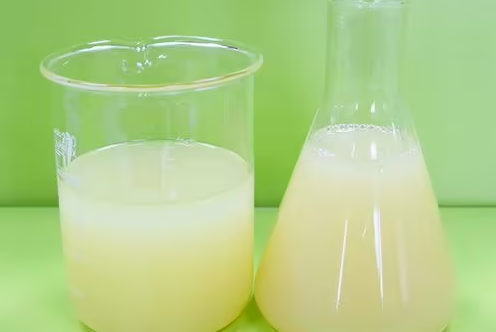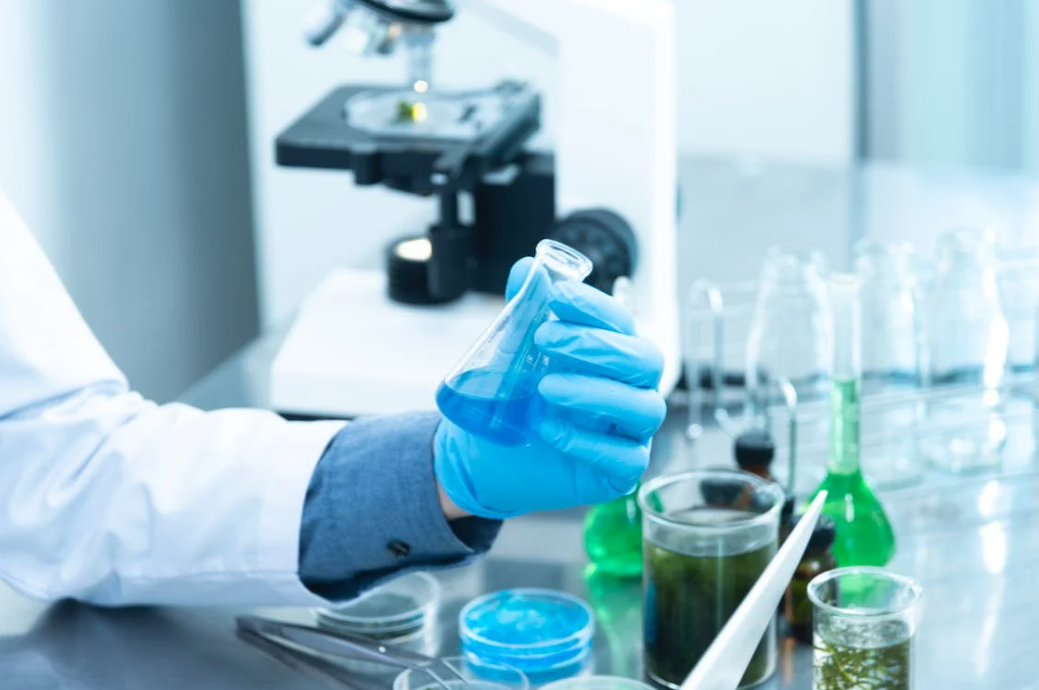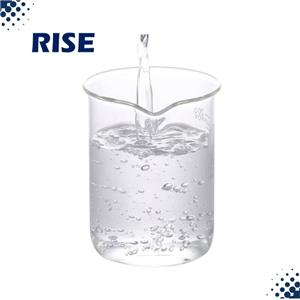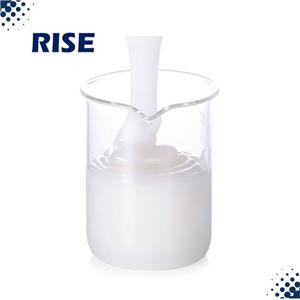Analysis from the chemical point of view - silicone antifoam agent defoaming principle
Silicone defoamer is a commonly used chemical in a wide range of industries. Silicone defoamers are mainly used to control bubbles or foam generated on the surface of liquids in order to reduce or eliminate their adverse effects on the process and product quality. Come together to understand the mechanism of action of silicone antifoam agent!

The ability of a silicone to defoam or inhibit foam is due to its very low surface tension. Silicone compounds (silicone oils) interfere with the surface tension at the gas-liquid interface, resulting in an antifoaming effect.
When silicone is added to the foam medium, small particles of silicone oil fall to the surface of the bubble and at the same time effectively reduce the surface tension at the point of contact, inducing a weak point in the outer skin of the bubble and thus causing a break in the foam.
The criterion for optimum defoaming activity can be described as follows: The small particles of free silicone oil must be dispersed completely, as quickly as possible and as efficiently as possible into the active zone.
The defoaming principle of organosilicon defoamer can be simply described as the following steps
Diffusion
when the silicone antifoam agent is added to the liquid containing gas dissolved or reacted to form gas, it will quickly diffuse to the surface of the liquid and form a thin and uniform molecular layer at the interface.
Destruction of surface tension
As the molecular structure of silicone defoamer contains a large number of low-energy bonding groups (such as methyl, ethyl, etc.), these bonding groups and the liquid molecules interact with each other weakly. Therefore, the silicone defoamer can destroy the original high surface tension on the surface of the liquid, so that the gas can not be gathered at the interface to form stable bubbles.
Inhibition of micelle formation
At the same time, there exists a micelle structure consisting of dissolved substances near the interface. By adsorbing on the surface of the micelle particles, the silicone defoamer is able to modify the micelle structure and reduce its stability. In this way, gases are unable to accumulate inside the micelles to form bubbles.
Silicone antifoam eliminate or reduce bubbles or foam in liquids through a variety of mechanisms such as diffusion to the surface of the liquid, disrupting surface tension and inhibiting micelle formation. These principles make silicone defoamers play an important role in many industrial processes, improving production efficiency and product quality.

ABOUT RISE CHEMICAL
For any technical questions and product requirements, you can contact us directly.






